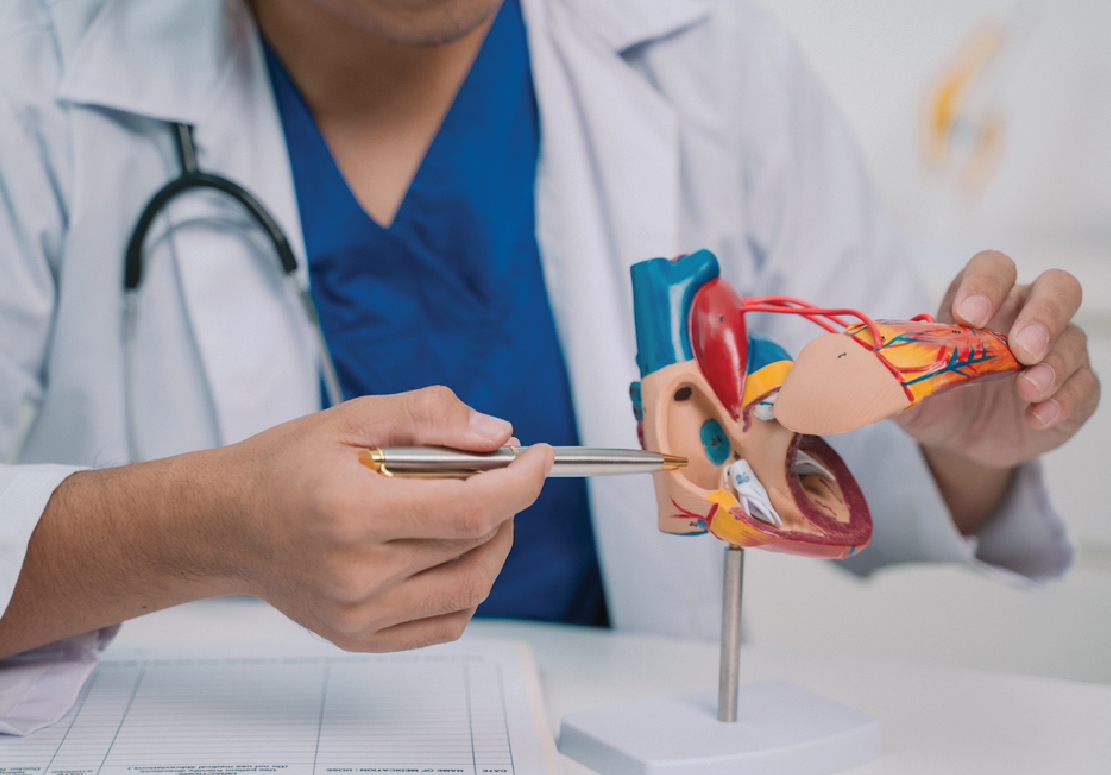
My neighbor had her gallbladder removed. A long scar across the abdomen. I expected that. Then my cousin had the same surgery. I searched for a mark—couldn’t find one. Just four small dots. I asked how that was possible. “Mine was laparoscopic,” she said. I’d heard the word before but didn’t know what it meant. Seeing the contrast made it real. Same organ removed. Same outcome. Totally different process.
One uses long incisions—the other works through tiny access points
Open surgery starts with a single, large cut. They spread tissue. See everything directly. It’s traditional. It’s reliable. But it’s invasive. Minimally invasive techniques use cameras, tools, tubes. They slide between structures. Navigate inside. The difference isn’t just size—it’s strategy. Open approaches expose everything. Laparoscopic techniques go straight to the point.
I didn’t realize recovery time could be cut in half
My uncle was in bed for weeks after open colon surgery. His friend had laparoscopic colon removal. He walked the next day. Went home faster. Needed fewer painkillers. Same diagnosis. But healing felt different. Muscles weren’t cut. Trauma was less. That explained the difference. Not just in pain—but in pace.
Open surgery gives the surgeon more space to work—but at a bigger cost
Some conditions need space. Cancer resections. Complex bleeding. Open methods offer a full view. Total access. Surgeons can touch, move, feel. That matters in emergencies. But the price is tissue disruption. More trauma. Longer hospital stays. Laparoscopy doesn’t replace open surgery—it competes only where it fits.
Laparoscopy uses cameras—open surgery uses hands and eyes
The laparoscope is small. But powerful. It shows magnified images. Real-time views. But only on screen. Surgeons guide tools based on those visuals. In open procedures, they look directly. No screen. Just exposure. One offers proximity. The other offers precision. That shapes technique. And outcomes.
I thought open surgery was outdated—but it’s still used in many hospitals
Minimally invasive sounds modern. Advanced. But open surgery remains essential. Not all hospitals offer robotic tools. Not all surgeons train laparoscopically. Sometimes, open is safer. Or faster. Especially in trauma. Or in complex abdominal cases. The choice isn’t always technology—it’s context. Resources. Experience. The best method depends on much more than preference.
Robotic-assisted surgery is still minimally invasive—but not always necessary
The word “robot” feels futuristic. But it still needs a surgeon. Still uses small incisions. It adds precision. Better angles. More control. But it costs more. Takes longer to set up. Not all procedures require that level. Sometimes, basic laparoscopy works just as well. Technology helps—but it doesn’t replace skill.
Open surgery often leads to more visible scarring
This was the most obvious to me. A single large scar on the abdomen. Versus three or four tiny marks. The open scar can stretch. Darken. Pull. Laparoscopic scars usually fade. Become dots. Cosmetic results matter—especially in younger patients. Or visible body areas. The difference stays long after healing.
Minimally invasive methods often mean fewer complications
The more tissue you cut, the more room for error. That’s what they told me. With laparoscopy, infection rates drop. Blood loss is less. Hernias are rarer. Hospital stays shorten. The benefits pile up. Not always. But often. Fewer risks make recovery smoother. That’s why it’s become standard for so many procedures.
I didn’t expect gas pain to be part of laparoscopic recovery
They inflate the abdomen with gas to make space. That helps them see, move, cut. But afterward, that gas rises. Triggers shoulder pain. Chest tightness. It surprised me. Not dangerous—but uncomfortable. Walking helped. So did time. No one warned me—but I’d warn others now.
Not every patient qualifies for minimally invasive procedures
Weight. Scar tissue. Prior surgeries. Organ position. All these factors change eligibility. I didn’t know that. I thought everyone could choose. But surgeons decide based on anatomy. Risks. Goals. It’s not personal. It’s medical. If open surgery was suggested, there was probably a reason.
The surgeon’s experience matters more than the technique
A good surgeon can make either method successful. A poorly trained one struggles with both. That’s what doctors say. Experience trumps method. If someone performs open surgery weekly, and laparoscopic surgery rarely, I’d rather have what they know best. Technique evolves—but skill must match it.
Source: General Surgeon in Dubai / General Surgeon in Abu Dhabi
